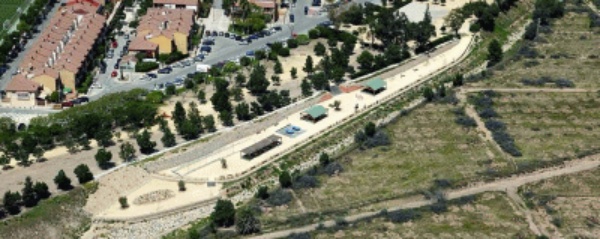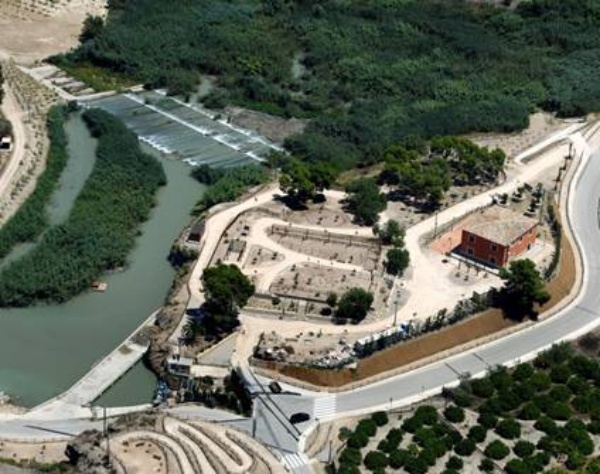

The Segura River Hydrographic Confederation has been collaborating on the development of the Cohesion policy and the environment ever since the creation of the Cohesion Fund in 1994; to an even greater extent since 2001 when it was made responsible for the management and execution of significant structural funds from the European Regional Development Fund (ERDF); for which it has been acting as a management organisation and executor of ERDF structural funds.
The European Union allocated these amounts to fund actions to protect and improve the quality of the environment to bridge the gap between the poorest and richest regions in the Union. This was a great stimulus for governments to make this type of investment (80% of which have been funded by the ERDF) which strengthen synergies between the environment and sustainable growth.

Puerto riverbed
From a budgetary standpoint, application of these structural funds in the specific case of the CHSegura has meant a noticeable increase in the organisation's investment capacity. The ERDF has contributed more than €70.71 million between 2001 and 2015 (including the two scheduling periods), stimulating an estimated total public investment of €103.86 million. In budgetary terms, this accounts for somewhat more than a third of real investment in the organisation's budget between 2001 and 2013. All this reflects the important financial and administrative efforts made by this management centre to take full advantage of an opportunity that offers these financial resources to recover, improve and conserve the environmental heritage of the Segura Basin, which is in a seriously deteriorated condition.
| Public Investment | ERDF Funding | ||
|---|---|---|---|
| 2000-2006 | 58.456.677,26 € | 39.109.388,68 € | 67% |
| 2007-2013 | 40.792.827,61 € | 31.605.281,89 € | 77% |
| 99.249.504,86 € | 70.714.670,57 € |
Other works that should be taken into consideration are those funded jointly by the ERDF and Cohesion Fund but managed by the Directorate-General of Water.
In this respect, incorporation of the community policy management model adds significant value, because it improves management and monitoring systems and procedures as well as more efficient, efficacious, transparent use of public resources.

Aerial photograph of La Contraparada (Murcia)
When Spain joined the European Union in 1986, it set off on the road to convergence between European regions, largely due to the results of the economic, social and territorial cohesion. The European Union develops most of its policies through transfers to Member States from the different Community Instruments and Funds.
The European Regional Development Fund (ERDF) and European Social Fund (ESF) are the primary funding mechanisms for economic and social cohesion in the European Union and are one of the main sources of transfers from the European Union and its Member States. Action taken through these mechanisms are funded jointly by governments and the European Union.
In absolute terms, Spain has been the largest recipient of structural funds since 1988. These accounted for 0.7% of GDP between 1989 and 1998, 1.5% of GDP in the 1994-1999 period and 1.3% between 2000 and 2006.